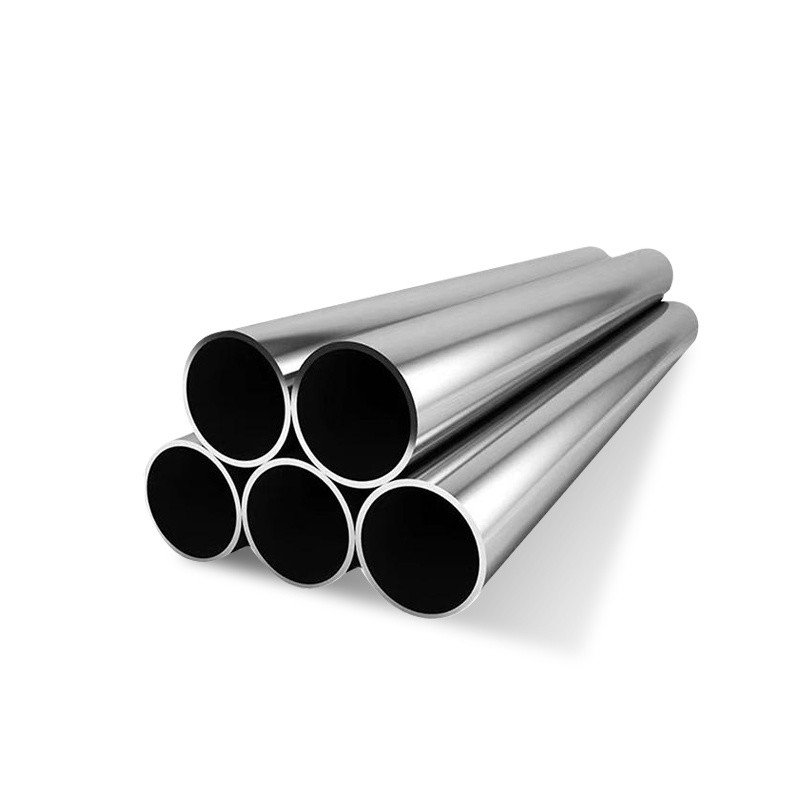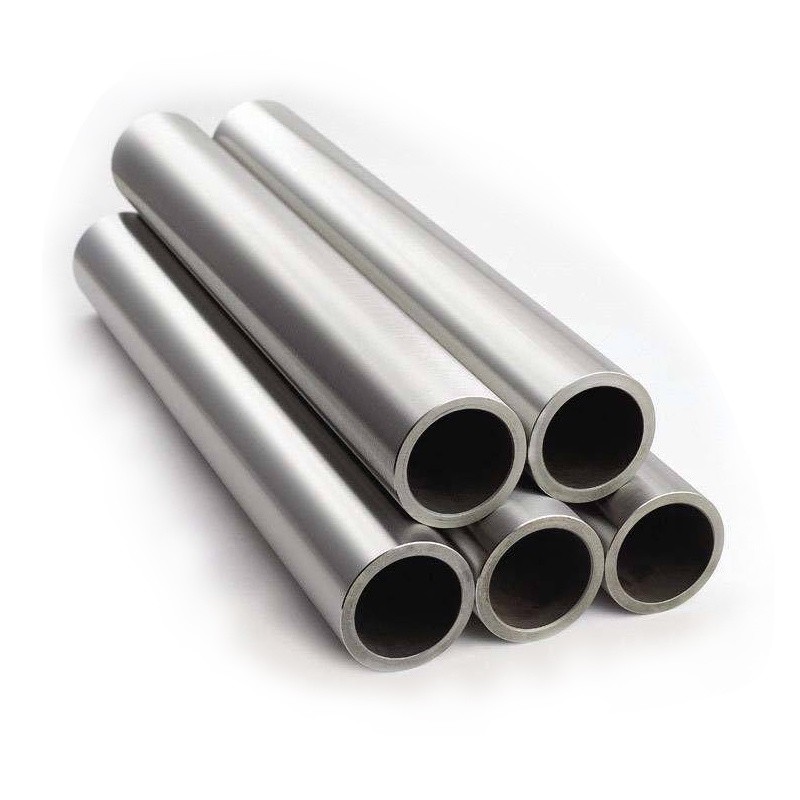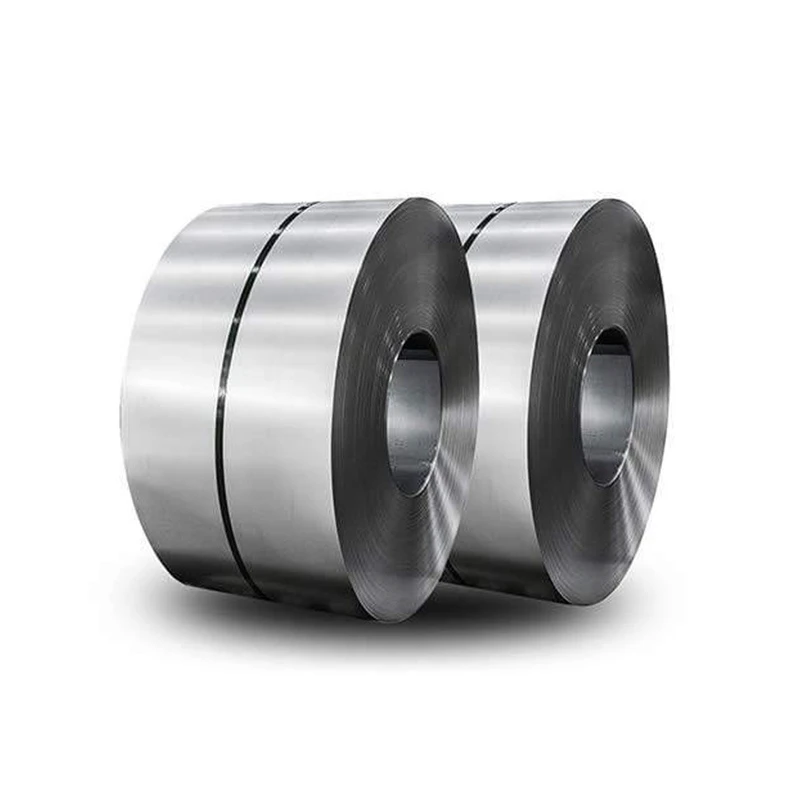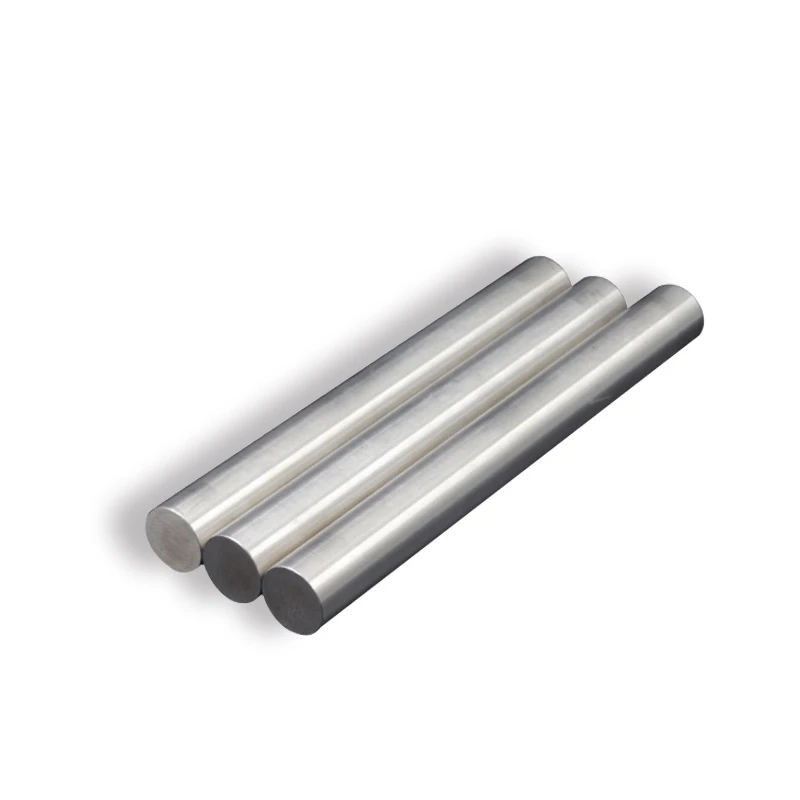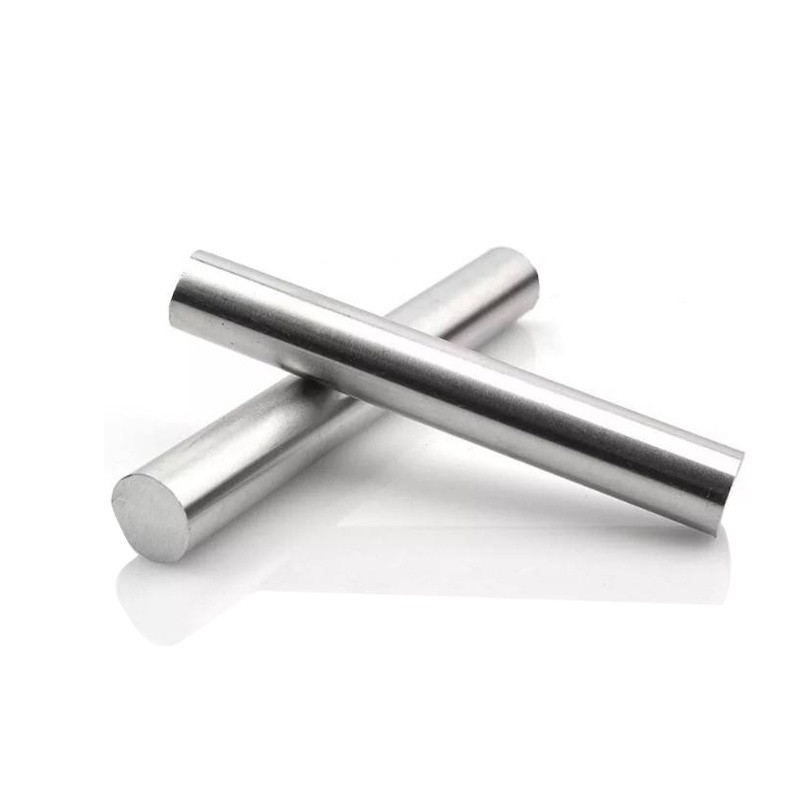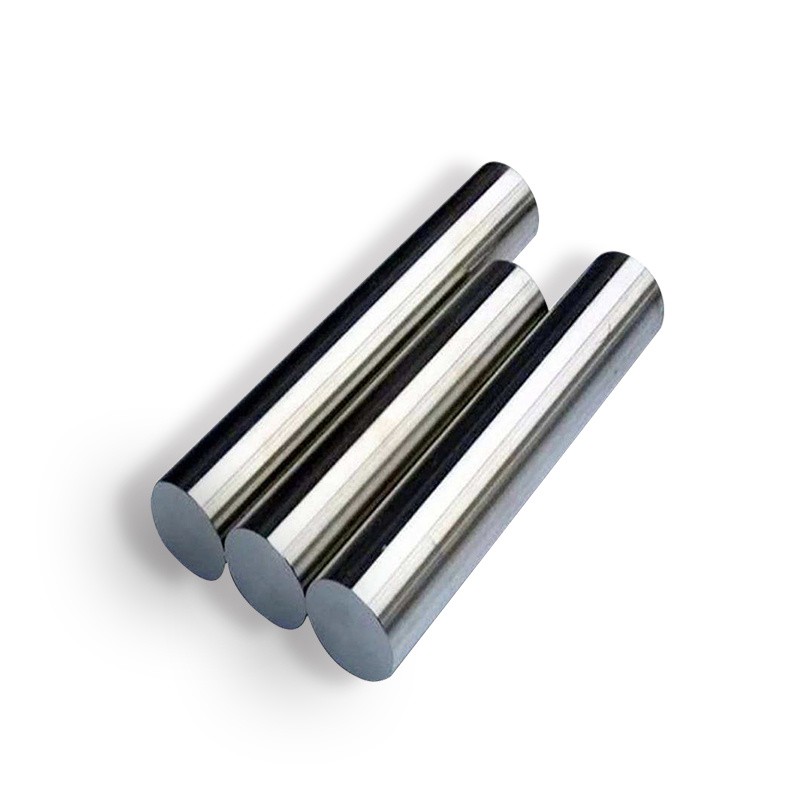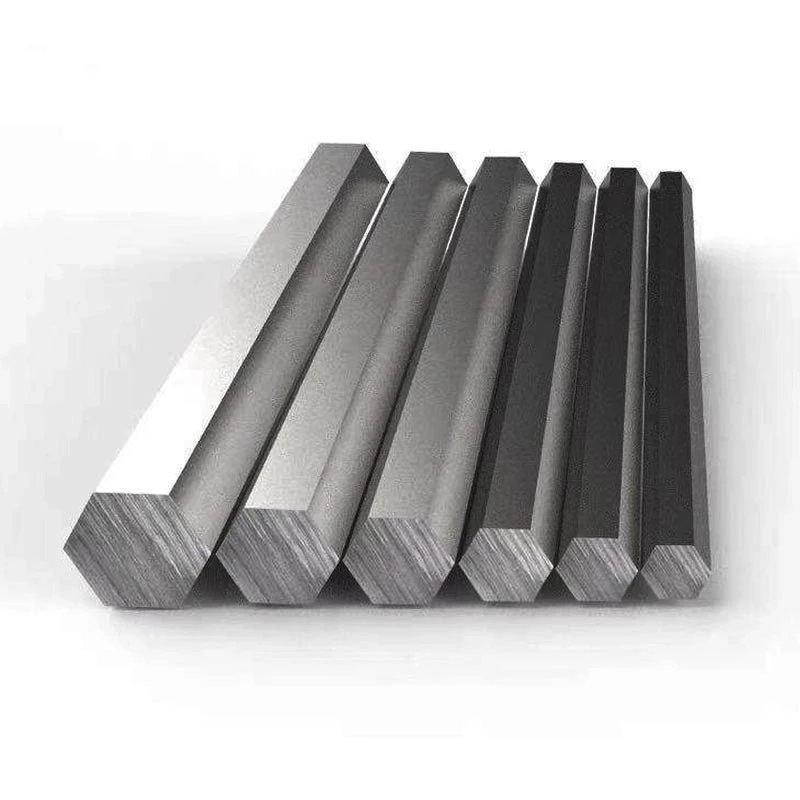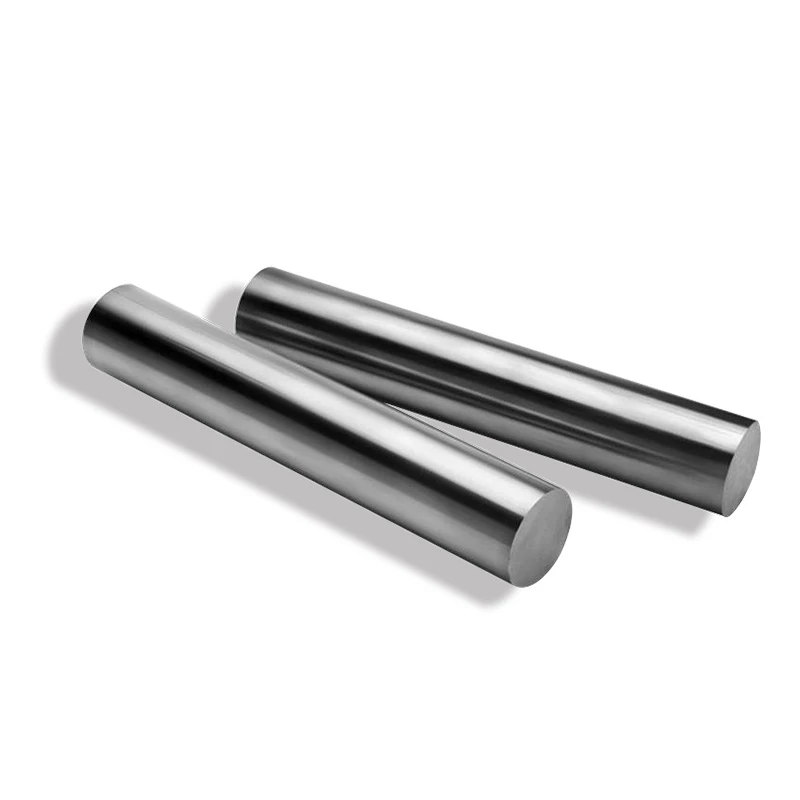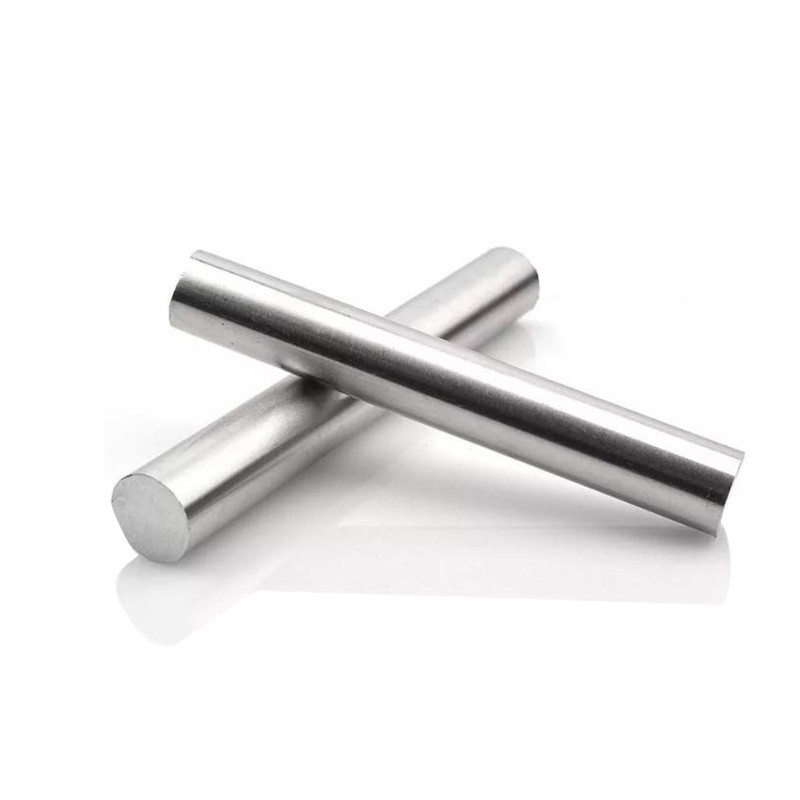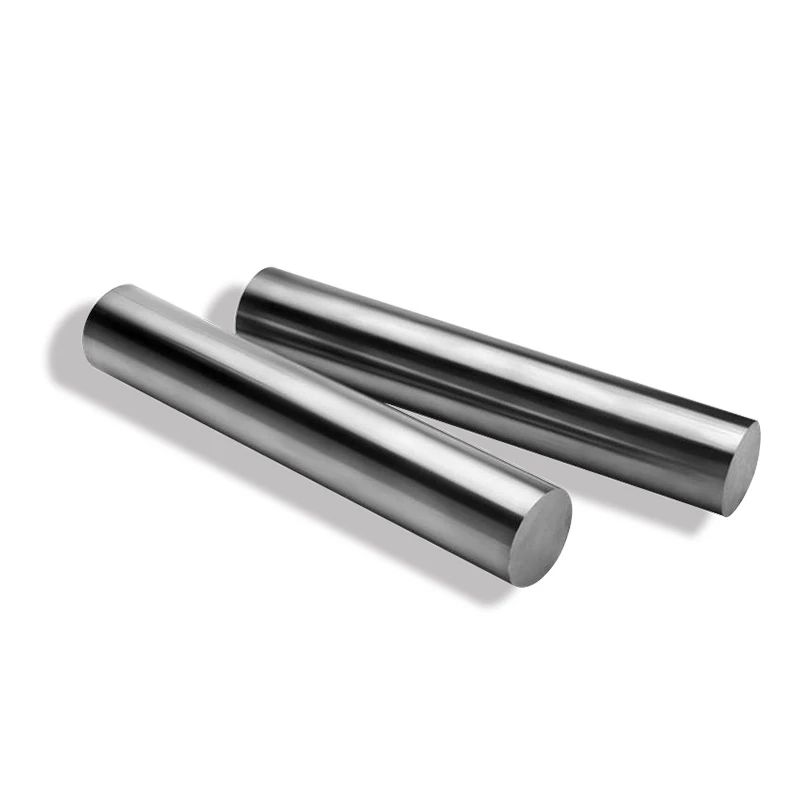
CATEGORIES
FEATURED PRODUCTS
305 Stainless Steel Pipe
We offer this product and related grades with 100% factory direct pricing and free quotes available within 24 hours.
APPLICATION SCENARIOS

OUR ADVANTAGE

Certificate of Honor

PARTNER

Our Factory

We present 305 stainless steel pipe as a premium austenitic solution engineered for demanding applications requiring exceptional formability and corrosion resistance. This specialized alloy combines 18% chromium with elevated nickel content (10-13%), creating a material that excels in deep drawing operations while maintaining structural integrity across diverse industrial environments.
What is 305 Stainless Steel Pipe?
305 stainless steel pipe represents a sophisticated variation of the 18-8 austenitic family, distinguished by its enhanced nickel composition and reduced work-hardening characteristics. Unlike standard 304 grades, our 305 pipes offer superior malleability without sacrificing corrosion resistance. The alloy’s unique metallurgical properties make it non-magnetic in both annealed and cold-worked conditions.
This austenitic steel maintains excellent ductility even after extensive forming operations. Why choose 305 over conventional alternatives? The answer lies in its remarkable ability to withstand multi-stage deep drawing without intermediate annealing processes, reducing manufacturing costs while improving production efficiency.
Chemical Composition and Grade Specifications
The precise chemical composition of 305 stainless steel pipe ensures optimal performance across critical applications:
| Element | Composition (%) | Function |
|---|---|---|
| Carbon (C) | 0.12 max | Maintains formability |
| Manganese (Mn) | 2.00 max | Enhances workability |
| Phosphorus (P) | 0.045 max | Controlled for quality |
| Sulfur (S) | 0.030 max | Minimizes inclusions |
| Silicon (Si) | 0.75 max | Deoxidation agent |
| Chromium (Cr) | 17.0-19.0 | Corrosion resistance |
| Nickel (Ni) | 10.5-13.0 | Austenite stability |
| Nitrogen (N) | 0.10 max | Strength enhancement |
Standard Designations
- UNS Number: S30500
- AISI Grade: 305
- EN Number: 1.4301 (similar)
- JIS Designation: SUS305
Mechanical Properties and Performance Data
Our 305 stainless steel pipes demonstrate exceptional mechanical characteristics that set them apart from standard austenitic grades:
Tensile Properties at Room Temperature
| Property | Value | Unit |
|---|---|---|
| Tensile Strength | 515-620 | MPa |
| Yield Strength (0.2% offset) | 205-275 | MPa |
| Elongation | 40-50 | % |
| Reduction of Area | 65-75 | % |
| Hardness (Brinell) | 149-217 | HB |
| Modulus of Elasticity | 200 | GPa |
Physical Properties
The thermal and electrical characteristics of 305 stainless steel pipe ensure reliable performance across temperature ranges:
- Density: 7.93 g/cm³
- Melting Point: 1398-1454°C
- Thermal Conductivity: 16.2 W/m·K at 100°C
- Electrical Resistivity: 0.72 μΩ·m
- Coefficient of Thermal Expansion: 17.2 × 10⁻⁶/°C (0-100°C)
Manufacturing Standards and Specifications
We manufacture 305 stainless steel pipes according to rigorous international standards, ensuring consistent quality and performance:
ASTM Standards Compliance
- ASTM A312: Seamless and welded austenitic stainless steel pipes.
- ASTM A269: Seamless and welded stainless steel tubing.
- ASTM A240: Chromium and chromium-nickel stainless steel plate.
- ASME SA312: Boiler and pressure vessel code requirements.
Dimensional Specifications
| Pipe Size Range | Outside Diameter | Wall Thickness | Length Options |
|---|---|---|---|
| 1/8″ to 30″ | 10.3mm to 762mm | 0.89mm to 25.4mm | 6m or 12m standard |
| Schedule Options | 5S, 10S, 20, 40S, 80S | Custom thickness | Cut to length available |
Surface Finishes Available
- Mill Finish: Standard production finish.
- Bright Annealed: Enhanced surface quality.
- Electropolished: Superior smoothness and corrosion resistance.
- Pickled and Passivated: Optimized for corrosive environments.
Applications and Industry Usage
305 stainless steel pipe finds extensive application across industries where forming requirements exceed standard alloy capabilities:
Primary Applications
Food Processing Industry: Our pipes serve critical roles in dairy equipment, beverage processing lines, and pharmaceutical manufacturing where hygiene standards demand non-contaminating materials. The enhanced formability allows complex geometries without cracking concerns.
Chemical Processing: Process equipment, heat exchangers, and reaction vessels benefit from 305’s corrosion resistance to organic acids and alkaline solutions. The alloy withstands intermittent temperatures up to 899°C in oxidizing atmospheres.
Architectural Applications: Decorative elements, handrails, and structural components utilize 305’s aesthetic appeal and weather resistance. The material’s non-magnetic properties make it suitable for electronic environments.
Automotive Components: Exhaust systems, trim pieces, and structural elements leverage the alloy’s formability and corrosion resistance in harsh operating conditions.
Specialized Applications
Deep drawing operations for kitchen equipment, container manufacturing, and complex formed parts represent key applications where 305 stainless steel pipe excels beyond conventional alternatives.
Corrosion Resistance Properties
The corrosion performance of 305 stainless steel pipe matches that of 304 grades while offering superior forming characteristics:
Environmental Resistance
- General Atmospheric: Excellent resistance to urban and industrial atmospheres.
- Marine Environment: Good performance in coastal applications with regular maintenance.
- Chemical Exposure: Resistant to nitric acid, organic acids, and alkaline solutions.
- Oxidation Resistance: Maintains integrity up to 899°C in air.
Comparative Corrosion Performance
| Environment | 305 Performance | 304 Comparison | 316 Comparison |
|---|---|---|---|
| Atmospheric | Excellent | Equivalent | Equivalent |
| Marine | Good | Equivalent | Superior |
| Chemical | Very Good | Equivalent | Superior |
| High Temperature | Good | Equivalent | Superior |
According to industry data from the Stainless Steel Information Center, 305 stainless steel maintains corrosion rates below 0.1 mm/year in most industrial environments (Source: SSIC Technical Report 2023).
Fabrication and Welding Characteristics
Our 305 stainless steel pipes offer exceptional fabricability, making them ideal for complex manufacturing operations:
Forming Properties
The reduced work-hardening rate allows extensive forming operations without intermediate annealing. This characteristic reduces manufacturing costs while improving production efficiency. Cold forming operations can achieve complex geometries without cracking or excessive spring-back.
Welding Considerations
- Recommended Processes: TIG, MIG, and submerged arc welding.
- Filler Metal: ER308L or ER309L for dissimilar metal joints.
- Preheating: Generally not required for most applications.
- Post-Weld Treatment: Stress relief recommended for critical applications.
Machining Guidelines
Standard austenitic machining practices apply, with sharp tools and adequate cooling recommended. The alloy’s work-hardening characteristics require consistent feed rates and proper tool geometry.
Quality Control and Testing
We implement comprehensive quality assurance protocols ensuring every 305 stainless steel pipe meets stringent specifications:
Standard Testing Procedures
- Hydrostatic Testing: Each pipe tested to 1.5 times working pressure.
- Non-Destructive Testing: Ultrasonic and eddy current inspection.
- Chemical Analysis: Spectroscopic verification of composition.
- Mechanical Testing: Tensile and hardness verification.
- Dimensional Inspection: Precision measurement of all critical dimensions.
Certification and Documentation
Complete material traceability documentation accompanies every shipment, including:
- Mill Test Certificates (MTC)
- Chemical analysis reports
- Mechanical property data
- Dimensional inspection records
- Heat treatment records
Comparison with Alternative Grades
Understanding the performance differences between 305 and related stainless steel grades helps optimize material selection:
| Grade | Formability | Corrosion Resistance | Strength | Cost Factor |
|---|---|---|---|---|
| 305 | Excellent | Good | Moderate | 1.1x |
| 304 | Good | Good | Moderate | 1.0x |
| 316 | Good | Excellent | Higher | 1.3x |
| 321 | Fair | Good | Higher | 1.2x |
Research from the American Iron and Steel Institute indicates that 305 stainless steel can reduce forming operation costs by up to 15% compared to 304 grades in deep drawing applications (Source: AISI Manufacturing Guidelines 2024).
Installation and Maintenance Guidelines
Proper installation and maintenance practices ensure optimal performance and longevity of 305 stainless steel pipe systems:
Installation Best Practices
Support spacing should not exceed manufacturer recommendations to prevent sagging and stress concentration. Thermal expansion joints must be incorporated in long runs to accommodate temperature variations. Proper alignment during installation prevents premature failure.
Maintenance Requirements
Regular cleaning with mild detergents maintains surface appearance and corrosion resistance. Avoid chloride-containing cleaners that can initiate localized corrosion. Periodic inspection for mechanical damage or signs of corrosion ensures continued performance.
Service Life Expectations
Under normal operating conditions, 305 stainless steel pipes provide service life exceeding 25 years in most applications. Proper material selection and installation practices can extend this significantly.
Frequently Asked Questions
Q1: How does 305 stainless steel pipe compare to 304 in forming applications?
305 stainless steel pipe offers superior formability due to its higher nickel content and reduced work-hardening rate. This allows multi-stage deep drawing operations without intermediate annealing, reducing manufacturing costs by up to 15% while maintaining equivalent corrosion resistance to 304 grades.
Q2: Can 305 stainless steel pipe be welded to other stainless steel grades?
Yes, 305 can be successfully welded to other austenitic stainless steel grades using appropriate filler metals. ER308L filler metal works well for joining to 304 grades, while ER309L is recommended for dissimilar metal joints. Proper welding procedures must be followed to maintain corrosion resistance.
Q3: What is the maximum operating temperature for 305 stainless steel pipe?
305 stainless steel pipe can operate continuously at temperatures up to 899°C (1650°F) in oxidizing atmospheres. However, prolonged exposure above 425°C may result in carbide precipitation, potentially affecting corrosion resistance in certain environments.
Q4: Is 305 stainless steel pipe suitable for food processing applications?
Absolutely. 305 stainless steel pipe meets FDA requirements for food contact applications. Its non-contaminating properties, ease of cleaning, and corrosion resistance make it ideal for dairy equipment, beverage processing, and pharmaceutical manufacturing applications.
Q5: How should 305 stainless steel pipe be stored to prevent contamination?
Store pipes in clean, dry environments away from carbon steel materials to prevent cross-contamination. Use wooden or plastic supports to prevent contact with dissimilar metals. Protect pipe ends with plastic caps to prevent internal contamination during storage.
Q6: What surface finishes are available for 305 stainless steel pipe?
We offer multiple surface finishes including mill finish, bright annealed, electropolished, and pickled/passivated options. Electropolished finishes provide superior corrosion resistance and cleanability for pharmaceutical and food processing applications.







